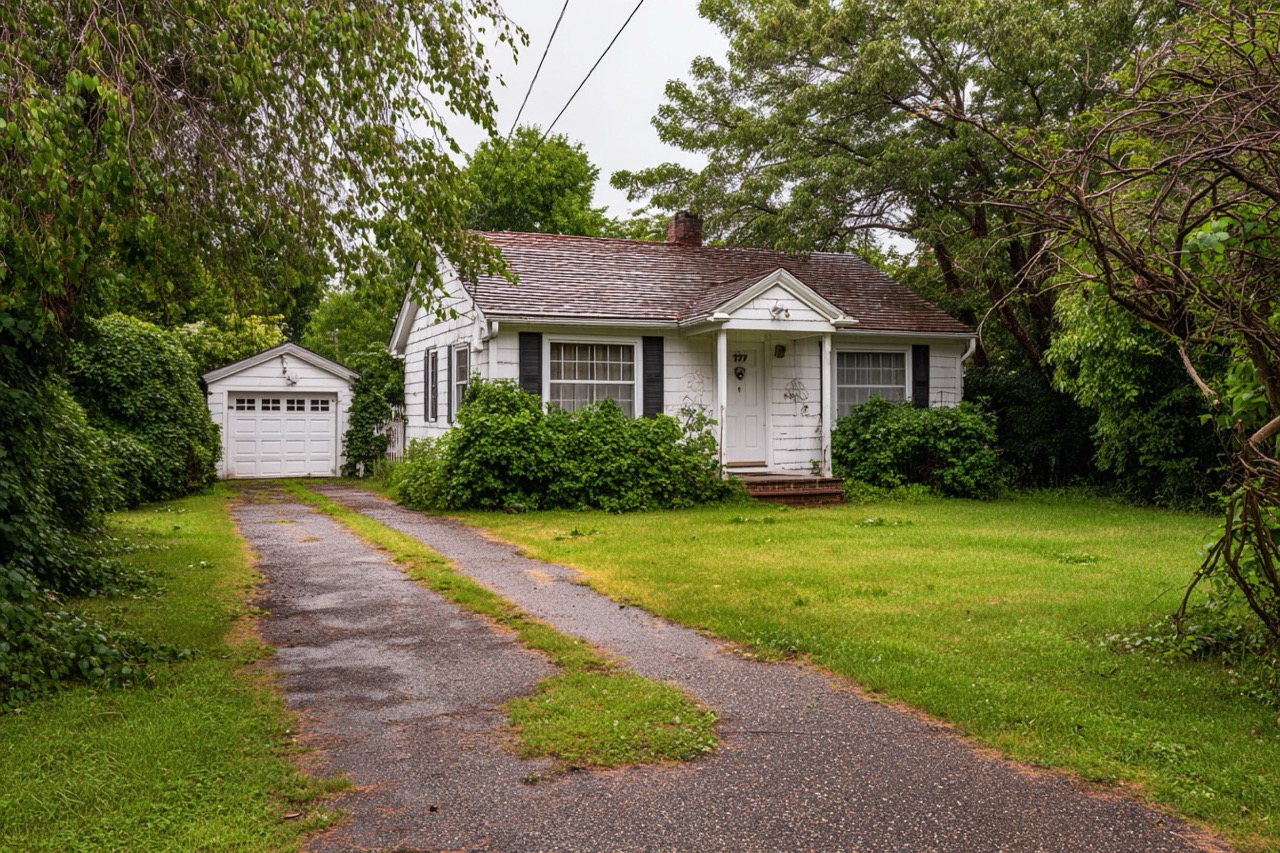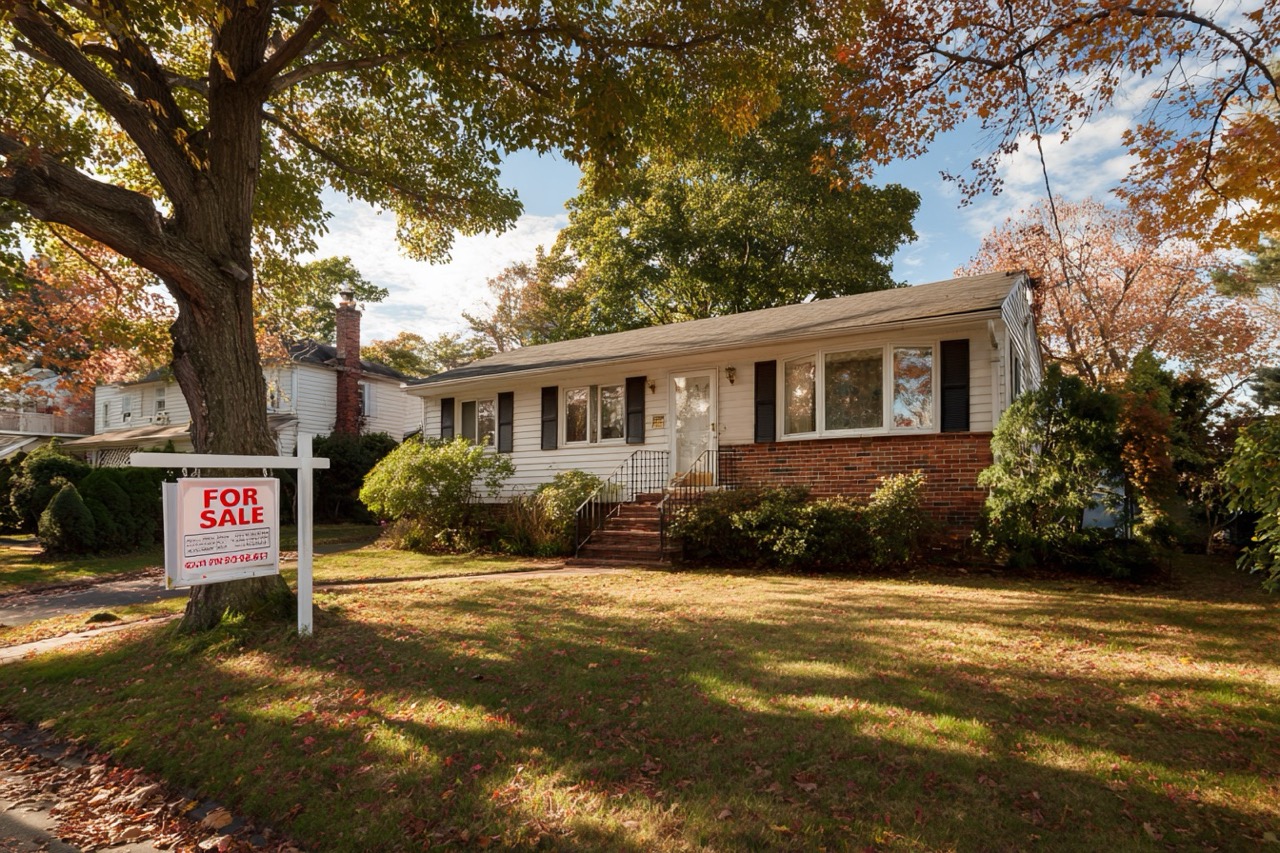Squatters Rights in Long Island NY
If you’re dealing with squatters or worried about them taking over your property, understanding squatters’ rights in Long Island, New York, is essential. In Long Island, squatters can potentially claim legal ownership of a property through a process called adverse possession—but only if they meet specific conditions.
Squatting happens when someone occupies a property without the owner’s permission. However, adverse possession takes it a step further—it’s a legal way for squatters to claim ownership if they’ve lived on the property openly, continuously, and exclusively for a certain period of time, and if they’ve paid property taxes on it.
As an owner who pays property taxes, you’re not powerless. There are clear legal steps you can take to evict squatters. It usually starts with serving them a notice to vacate. If they don’t leave, you can file an unlawful detainer lawsuit and, if needed, involve law enforcement to remove them.

Understanding Squatters Rights in Long Island
Squatters’ rights in Long Island, New York allow individuals to claim legal rights over properties that are abandoned or vacant. This process is legally known as adverse possession, which provides a pathway for squatters to gain ownership of a property under specific conditions. However, squatting itself is not legally sanctioned in New York and is considered an illegal act.
Property owners in Long Island, New York must differentiate between squatters and unauthorized occupants. According to adverse possession laws, squatters are those who occupy properties without permission, intending to claim legal occupancy, while unauthorized occupants may have overstayed their welcome but initially had permission to reside there. Recognizing these distinctions and the legal framework helps owners manage and protect their properties more effectively, whether you own property in Levittown, Huntington, or anywhere else across Nassau and Suffolk counties.
Definition of Squatting and Adverse Possession
Squatting occurs when an individual lives in a property without the owner’s consent. A squatter in Long Island, New York, occupies abandoned or unoccupied property without the owner’s permission, doesn’t pay property taxes, and lacks any ownership rights. Even if squatters improve the property or make repairs, they do not gain any legal claim unless they meet specific legal criteria.
Adverse possession is a legal doctrine that enables a squatter to obtain legal ownership of a property under specific conditions.
Conditions for adverse possession include:
- Open possession
- Continuous possession
- Hostile possession
- Notorious possession
- Exclusive possession of the property
If a squatter can prove that they have met these conditions, they can file a legal action known as ‘Quiet title‘ to claim their squatter rights of possession.
Legal Foundation of Squatters Rights in Long Island
In New York, squatters’ rights are based on the New York Real Property Actions and Proceedings Law (RPAPL), which provides the foundation for such rights. These statutes outline clear procedures for addressing squatting situations, helping both squatters and property owners understand their rights and obligations. Adverse possession laws reward productive land use and discourage neglect, allowing squatters to potentially gain legal title to a property if they meet the necessary requirements.
In Long Island, the legal processes for managing squatters include expedited measures such as serving proper notice, which can vary from other jurisdictions. If a squatter ignores a demand to vacate from an owner, they may face charges of unlawful occupancy, classified as misdemeanors under New York law. Similar to situations involving selling a house with tenants in Long Island, understanding occupancy rights is crucial for property owners.

Key Conditions for Adverse Possession Claims in Long Island
To successfully claim adverse possession in Long Island, a squatter must meet several key conditions. These include:
- Open and notorious possession
- Continuous and uninterrupted possession
- Exclusive possession
- Payment of property taxes
These conditions ensure the squatter’s claim is legitimate and not due to hidden or intermittent occupancy.
1. Open and Notorious Possession
Open and notorious possession means that the squatter must occupy the property in a way that is visible and obvious to others, including the legal owner. The squatter’s presence cannot be concealed, as hidden occupancy invalidates any claim to adverse possession.
This ensures the legal owner is aware of the squatter’s presence and can take action if necessary.
2. Continuous and Uninterrupted Possession
To claim adverse possession in New York, a squatter must meet the following conditions:
- Occupy the property continuously and without interruption for a minimum of ten years.
- Ensure that any absence, even for a short period, does not disrupt the continuity required for a valid claim.
- Maintain possession for 3,650 consecutive days to meet this condition.
This process is crucial for establishing a valid claim of adverse possession in the state.
3. Exclusive Possession and Payment of Property Taxes
Exclusive possession in Long Island, New York, requires that the squatter occupies the property solely, without sharing it with the legal owner or anyone else. Additionally, the squatter must pay all applicable property taxes during their occupancy for ten years. Paying property taxes demonstrates the squatter’s commitment to the property and their intention to undertake property ownership responsibilities.
Given Long Island’s notoriously high property taxes—among the highest in the nation—this requirement represents a significant financial burden that few squatters actually fulfill.
Steps for Property Owners to Evict Squatters in Long Island
Evicting squatters involves a series of legal steps that property owners must follow for an effective and lawful process. The steps include serving an eviction notice, filing an unlawful detainer lawsuit if squatters do not comply, and involving law enforcement if necessary.
1. Serving an Eviction Notice
The first step to evict a squatter in New York is to serve a written notice to vacate. This notice gives the squatters time to leave the property as required by New York law. This notice formally requests the squatter to vacate the premises, setting the stage for further legal actions if they fail to comply.
2. Filing an Unlawful Detainer Lawsuit
If squatters do not leave after receiving the eviction notice, the owner must file an unlawful detainer lawsuit with the local district court. In Long Island, this would be filed in either Nassau County District Court or Suffolk County District Court, depending on where your property is located. This lawsuit is a formal legal action to remove the squatters and obtain a court order for eviction.
Property owners dealing with squatter issues may find themselves in similar situations to those selling a house with a lien in Long Island, where legal complications require professional guidance.
3. Involving Law Enforcement
Law enforcement can be involved if squatters refuse to leave even after a court order is obtained. The property owner must provide proof of ownership and establish that no rental agreement exists for law enforcement to act.
This ensures the eviction process is carried out lawfully and effectively.

Preventing Squatters in Your Long Island Property
Preventing squatters is typically more effective and less stressful than dealing with an eviction. Property owners can take several proactive measures to deter potential squatters, including regular property inspections, securing vacant properties, and thorough tenant screening.
1. Regular Property Inspections
Regular inspections help property owners detect potential squatter issues early. Frequent inspections enable property owners to take prompt action against unauthorized occupants and deter squatter claims before they become established.
Unauthorized repairs or changes can signal the presence of squatters. This is particularly important for properties in areas like Hempstead or Babylon, where vacant homes may attract unwanted attention.
2. Securing Vacant Properties
Securing vacant properties with locks, alarms, and other security measures helps prevent unlawful occupation. Proper fencing and tamper-resistant fixtures on windows can make properties less attractive to squatters.
Given Long Island’s proximity to New York City and its mix of urban and suburban neighborhoods, vacant properties can quickly become targets without proper security measures in place.
3. Tenant Screening and Lease Agreements
Thorough background checks on potential renters and clear lease agreements help prevent unauthorized occupancy. Detailed lease terms ensure tenants understand the conditions of their occupancy, reducing the risk of squatting.
Property owners considering their options might also explore how to sell rental property in Long Island if managing tenants and preventing squatters becomes too burdensome.

Legal Assistance and Resources for Property Owners
Property owners should seek legal assistance and utilize available resources to navigate squatters’ rights and the eviction process. Consulting real estate attorneys and utilizing property management services can provide valuable support and expertise.
1. Consulting with Real Estate Attorneys
Attorneys in Long Island, New York, can assist property owners by drafting eviction notices, filing court documents, and providing representation in court. Legal counsel can offer strategies to avoid future squatter issues, ensuring better protection for property owners.
Consulting a real estate attorney helps property owners navigate squatters’ rights and the eviction process. Many experienced attorneys in Nassau and Suffolk counties specialize in property law and can provide invaluable guidance.
2. Utilizing Property Management Services
Hiring property management services improves property management and minimizes the risk of squatters. These services ensure good tenant management and reduce the administrative burden on landlords.
For property owners in Long Island who find themselves overwhelmed by legal complications or property management challenges, professional services can make a significant difference.
Criminal Aspects of Squatting in Long Island
Squatting is a criminal offense in New York and can carry severe penalties. Knowing the criminal aspects of squatting helps property owners take appropriate legal actions and deter potential squatters under New York squatting laws.
1. Misdemeanor vs. Felony Offenses
In New York, squatting without the owner’s permission is a misdemeanor, but it can escalate to more serious charges with repeated offenses. Once reported, squatters lose any legal right to remain on the property.
Under New York Penal Law, criminal trespass charges can range from a Class B misdemeanor to a Class D felony, depending on the circumstances.
2. Role of Law Enforcement in Squatting Cases
Law enforcement addresses complaints related to squatting and enforces eviction orders. Once reported, squatters may face arrest for criminal trespass if they refuse to leave.
Law enforcement requires clear evidence or a court order to act against squatters. In Long Island, both Nassau and Suffolk County police departments work closely with property owners to address squatting issues when proper documentation is provided.

Frequently Asked Questions
What is the difference between squatting and adverse possession?
The key difference is that squatting is unauthorized occupation, while adverse possession can lead to legal ownership if certain criteria are fulfilled over time. Thus, while all adverse possessors are squatters, not all squatters can become adverse possessors.
How long does a squatter need to occupy a property in New York to claim adverse possession?
In New York, a squatter must occupy a property continuously for at least ten years to claim adverse possession. This requirement underscores the importance of maintaining uninterrupted possession for legal recognition.
What steps should a property owner take to evict a squatter in Long Island?
To evict a squatter in Long Island, the property owner must serve a written eviction notice giving the squatter proper time to leave. If the squatter remains, the owner must file an unlawful detainer lawsuit and may need to involve law enforcement.
How can property owners prevent squatters from occupying their properties?
To effectively prevent squatters, property owners should conduct regular inspections, secure vacant properties with locks and alarms, and ensure thorough tenant screenings with clear lease agreements in place. Taking these proactive measures is essential for safeguarding your property.
What are the criminal penalties for squatting in New York?
Squatting in New York is considered a misdemeanor, resulting in potential fines and possible jail time. Repeated offenses can escalate the charges and penalties.
Final Words
Understanding squatters’ rights in Long Island is essential for property owners to protect their investments and manage their properties effectively. From grasping the legal foundations of squatting and adverse possession to knowing the steps for evicting squatters and preventing future occurrences, being well-informed can save time, money, and stress.
This guide has walked you through the pivotal aspects of squatting laws, legal processes, and preventive measures to help you stay ahead of potential issues. If you’re dealing with squatters in Long Island, New York, and feeling unsure how to handle the situation, don’t stress—help is available.
Whether you’re in Riverhead, Brookhaven, or anywhere across Long Island, professional assistance can make all the difference. Property owners facing squatter issues, similar to those selling a condemned house in Long Island or dealing with other complex property situations, often benefit from working with experienced real estate professionals.
Reach out to a trusted service like Sell My House Fast Long Island, which focuses on buying houses for cash, even those with tricky issues like squatters. They’ll guide you through every step, from resolving legal challenges to closing the sale, making the entire process straightforward and stress-free. If you’re considering how to sell a house by owner in Long Island but squatters are complicating matters, professional cash buyers can offer a simple solution.
Long Island Home Seller Resources







